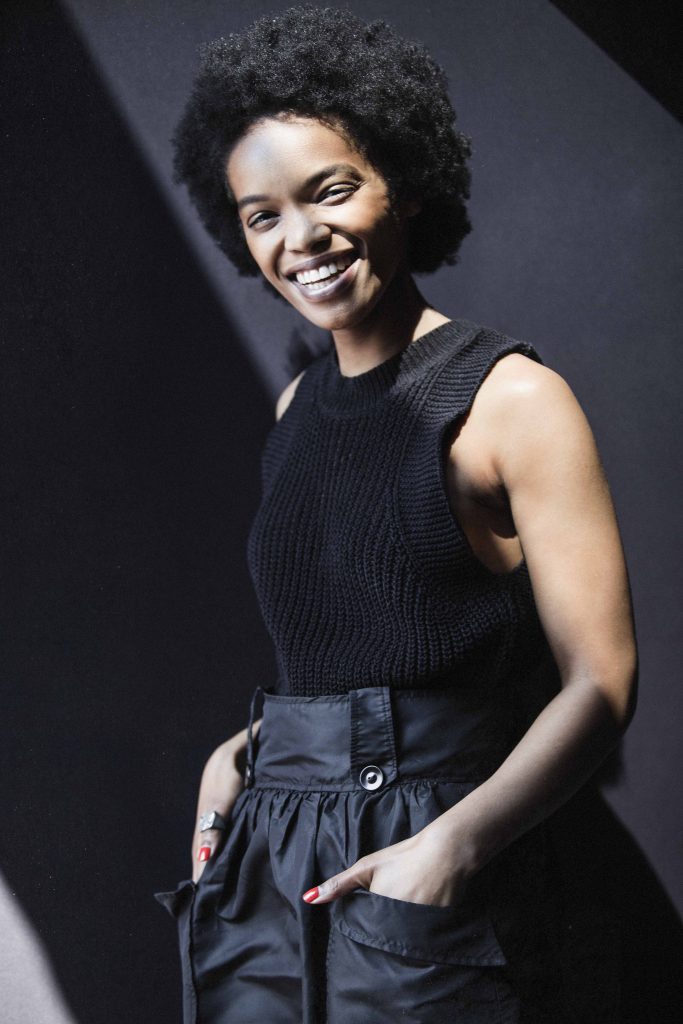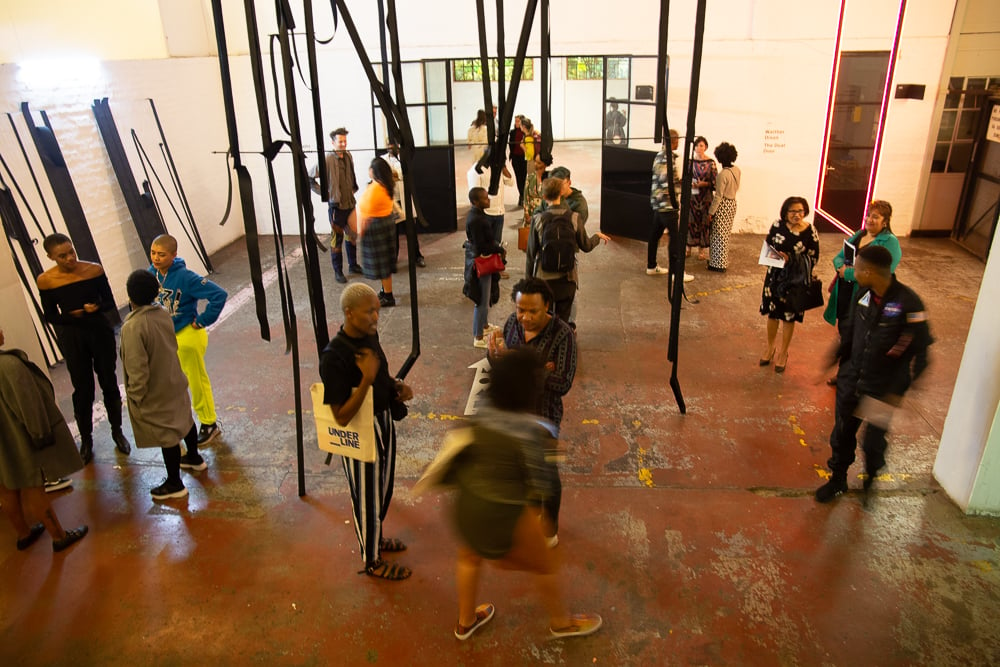People
‘The Future of the Art World Is Here’: Johannesburg-Based Curator Londi Modiko on Her Mission to Empower Black Women Creatives
Last year, Modiko co-founded INCCA, a non-profit focused on supporting independent curatorial projects.

Last year, Modiko co-founded INCCA, a non-profit focused on supporting independent curatorial projects.

Katie White

Londi Modiko has unabashedly set out to change the South African art world.
For over a decade, the Johannesburg-based curator and art advisor has been working on innovative programming that champions the nation’s artists, institutions, and curators.
“As a Black woman from agricultural KwaZulu Natal, I am very aware of my responsibility to show Black kids that this is something that they can do too, that this is something that is in their realm of possibility,” she explained.
Currently an associate director at Goodman Gallery, Modiko has driven a bevy of cultural and institutional initiatives focused on rethinking the contemporary art landscape.
In 2020, she co-founded the Independent Network for Contemporary Culture and Art (INCCA), a nonprofit organization that supports independent curatorial projects. For several years before that, she ran An Art Agency, through which she advised major South African collectors.
She even gave the art-fair model a go, co-founding Underline, a fair for independent curators, publishers, and print studios that was a major hit of the 2019 Johannesburg art week.
Recently, we caught up with Modiko to hear her thoughts on the future of the art world and what she’s focused on now.

Underline Show, 2019. Photograph by Siphosihle Mkhwanazi.
How did you find your way in the art world and to your current career?
I have always had a perpetual curiosity and invested a lot of time in immersing myself in all things visual arts. After graduating from art school, I was hired as an intern at an intaglio print studio in Johannesburg. That was the beginning of my interesting trajectory in the art world, which now spans just over 13 years. I have worked my way up in a number of art institutions. However, the highlight of my career has been the last three years, where I worked independently as a curator and art advisor.
I often get asked if I planned to be an arts practitioner and curator, but truthfully I didn’t really know it was a real profession until I had graduated from undergrad. I thought I’d become an artist after graduating, but my path led me into preferring to being in the background. This is probably because I’ve always been attracted to learning and history and the little details that most people don’t have time for. Everything has stemmed from pure curiosity and my interest in the creative manifestations of the human mind.
As a lifelong art lover, what was the first work you ever purchased for yourself?
I’ve been collecting art throughout my career, even when my salary could barely cover my necessities. The one that stands out is a wooden carved sculpture of a couple by the late Johannes Segogela. I acquired the piece from the Goodman Gallery. His attention to detail in these small sculptures reveals a close observation of life. I also really appreciate how the features on the faces, clothing buttons, ties, and especially shoes are rendered with such care.
Have you had any mentors in the art world?
I’ve not really had a mentor in the art world. The industry here is young and most of my older colleagues have been focused on trying to figure things out for themselves. However, I’ve been fortunate enough to have a network of people in non-creative fields who’ve been very generous with their expertise and guidance, which I’ve been able to apply to my art career. My business partner and co-founder of the Independent Network for Contemporary Culture and Art, Lara Koseff, who’s an exceptional curator, has also been a great confidant.
Can you tell me more about INCCA and why you felt drawn to found this non-profit?
INCCA is a nonprofit cultural organization that realizes independent projects and creates new platforms for visual artists, collectives, curators, and other cultural practitioners. My partners, Lara Koseff, Nthabiseng Mokoena, and I founded the group because we wanted an alternative art world. We wanted to pioneer new ways of sharing art and cultural ideas. We’re working on a number of exciting projects with various collaborators.
What do you see as your role in the art world?
As an art practitioner, I hope to encourage people of my identity to be open to engaging and enjoying art. When it comes to the work that I’ve done and hope to do, I strongly believe that my role is to advance the art world by putting out exciting projects that empower artists, curators, and cultural practitioners. I hope to become a powerful advocate for art.

Underline Show, 2019. Photograph by Siphosihle Mkhwanazi.
What are some of the projects you’re working on that you’re excited about?
The work I do through our INCCA excites me. The possibilities are limitless. I enjoy exploring my passion outside of the “white cube” art systems. At the moment INCAA is working on a collaborative traveling public-art project. I’m mentoring a group of women artists through a mentorship program. It is fulfilling for me to impart the art knowledge I’ve acquired throughout my career. I’ve also recently returned to the world-renowned Goodman Gallery to take up the position of associate director at the Johannesburg space.
Who are the artists you’re most excited about right now?
I am enjoying this moment in art where there are practically no rules. Over the last four years, artists that are based in Durban have been of great interest to me. I also follow the program at Bkhz Gallery closely, as I think they are the most exciting young gallery in the country. BKHZ gallery is a space founded by artist Banele Khoza. His vision for the space is for Black young creatives to showcase their art with a support system. I love everything they do and what they stand for.
I understand that nowadays when this question is posed to people like me, it is meant to highlight which artists are likely to be a good return on investment. Some art collectors want to predict who’s going to hit it big, but honestly you really never know. You need to get out there, talk to the artists, and look for your own excitement in discovery. You really have to start there.
What do you imagine the art world of the future might look like?
I hope the future of the art world encourages transparency and goodwill when it comes to the sharing of art ideas. I also hope that the art environment that is entrenched in white capitalist patriarchy will evolve and realize the importance of having Black women occupy a range of executive roles in the arts without tokenism. The future of the art world is here. There are now smaller economies with more utopian underpinnings. In summary, I imagine an alternative art world!